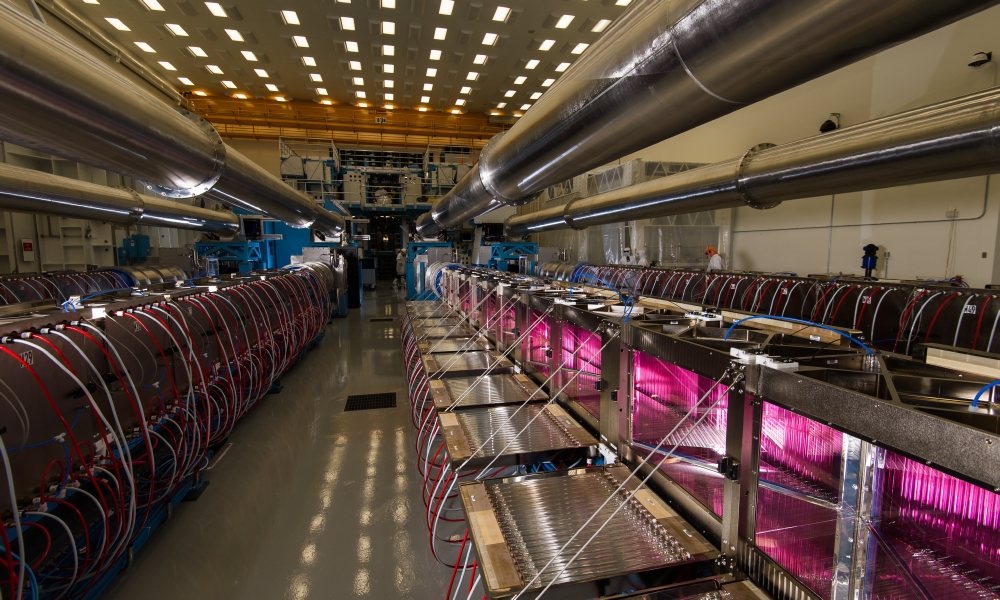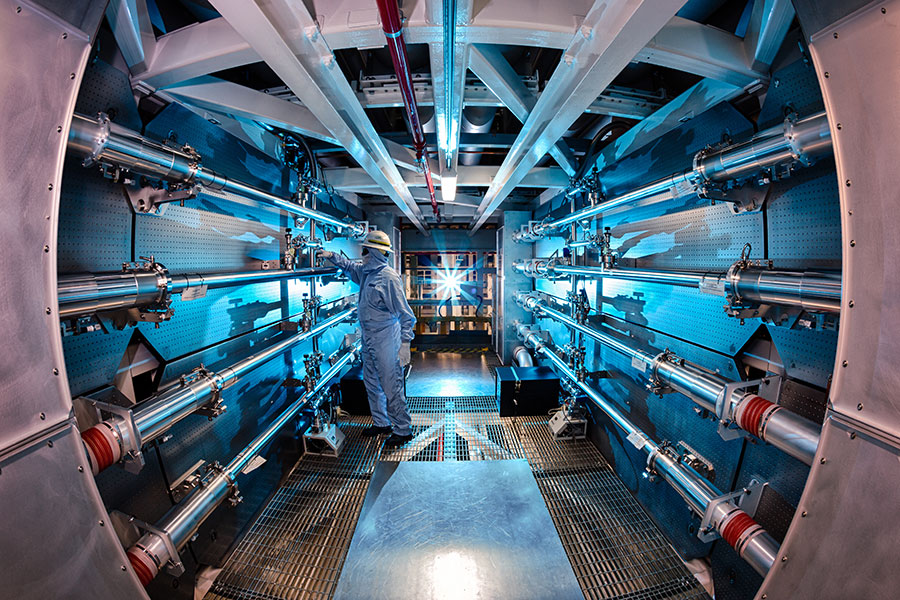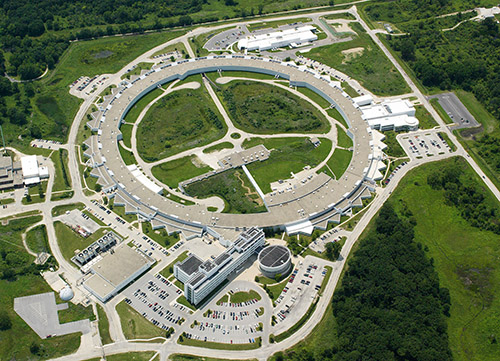
Laboratory for Laser Energetics (LLE)
A nationally funded facility, LLE conducts implosion and other experiments using its OMEGA and OMEGA EP Laser System and a multi-terawatt laser facility.
Research

A nationally funded facility, LLE conducts implosion and other experiments using its OMEGA and OMEGA EP Laser System and a multi-terawatt laser facility.

Housed in the University of Rochester’s Department of Physics and Astronomy, HADES, a High Amperage Driver for Extreme States allows scientists to produce and study extreme matter.

The Institute for Matter at Extreme Energy Density (IMAXED) at the University of Rochester is dedicated to the study of fundamental and applied high-energy-density science.

The National Ignition Facility (NIF) at Lawrence Livermore National Laboratory (LLNL) is home to the world’s most precise and reproducible laser system. This system guides, amplifies, reflects, and focuses 192 powerful laser beams into a target about the size of a pencil eraser in a few billionths of a second, delivering more than two million joules of ultraviolet energy and 500 trillion watts of peak power. NIF can also generate temperatures of more than 180 million degrees Fahrenheit and pressures of more than 100 billion Earth atmospheres. Those extreme conditions cause hydrogen atoms in the target to fuse and release energy in a controlled thermonuclear reaction.

Advanced Photon Source (APS) at Argonne National Laboratory provides ultra-bright, high-energy x-ray beams which scientist use to find new discoveries in disciplines like planetary science and fundamental physics.

The High-Pressure Mineral Physics Laboratory at Princeton University studies crystal structures, phase relations, equations of state, elasticity, and deformation behavior in a wide range of materials at extreme conditions using:

The Shock Compression Laboratory at UC Davis is one of very few in the world dedicated to using shockwave experiments to study the properties of rocks and minerals under conditions of extreme pressure and temperature. Using the lab’s two cannons (or “light gas guns”), researchers can achieve conditions comparable to those of the Earth’s core and characteristic of those encountered during large impact events or during planetary accretion. The results help map out physical and thermodynamic properties of planetary materials in exotic regimes and are used as inputs for computational models of planetary collisions, including recent work on the origin of the Earth and Moon.